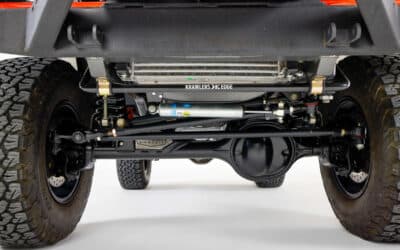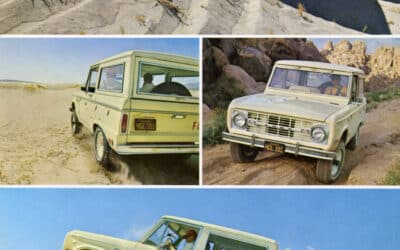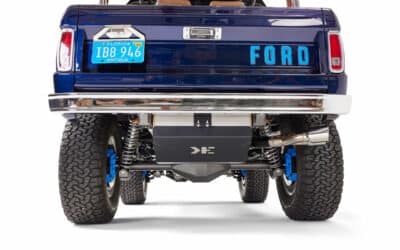In the world of off-road vehicles, few names hold the same nostalgic allure as the first gen Bronco from Ford. (1966-1977). Loved for its appearance and innovative engineering, the Bronco has become a symbol of an era of American automotive history.
This classic 4×4 has earned a legendary status that continues to capture the hearts of enthusiasts and collectors alike. In this blog post, we will explore the unstoppable history of the first-generation Bronco, from its inception to its lasting legacy in the off-road community, and how we’re still innovating at Kincer Chassis.
Key Takeaways
- The first-generation Ford Bronco is an iconic off-road vehicle, known for its advanced capability, stability and maneuverability.
- It was offered in three distinct body styles – Roadster, Sports Utility, and Wagon, with various features and customizations available to meet customer needs.
- The legacy of the first-generation Bronco continues today through restoration by collectors, DIYers, and drivers who just want to look good and have fun.
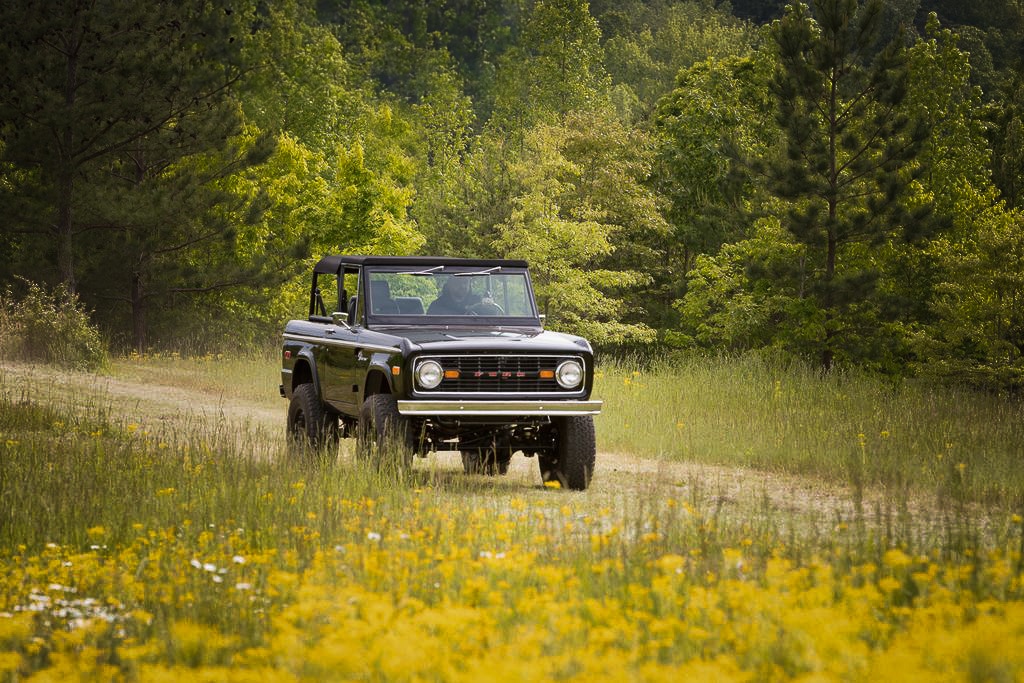
The Birth of the First Generation Ford Bronco
The first gen Bronco was introduced in 1966, designed to compete with off-road giants like the Jeep CJ-5 and International Harvester Scout. Ford sought to create a versatile vehicle that offered advanced capability, stability, and maneuverability, and the Bronco did not disappoint. Among its various models, the Classic Ford Bronco, particularly the original 1966 Ford Bronco, remains a favorite for off-road enthusiasts.
It employed box-section body-on-frame construction and featured a distinct frame, chassis, and body that enabled greater versatility and purpose during the development process.
Competing with Off-Road Giants
Ford meticulously surveyed Jeep and Scout owners to gather feedback and improve upon the shortcomings of its competitors, fostering the Bronco’s success. This ultimately resulted in the Bronco’s innovative features and rugged aesthetic, including a removable hardtop, fold-down windshield, and removable tailgate.
The new Bronco II instantly became a formidable contender in the off-road vehicle market, following the success of the early Broncos.
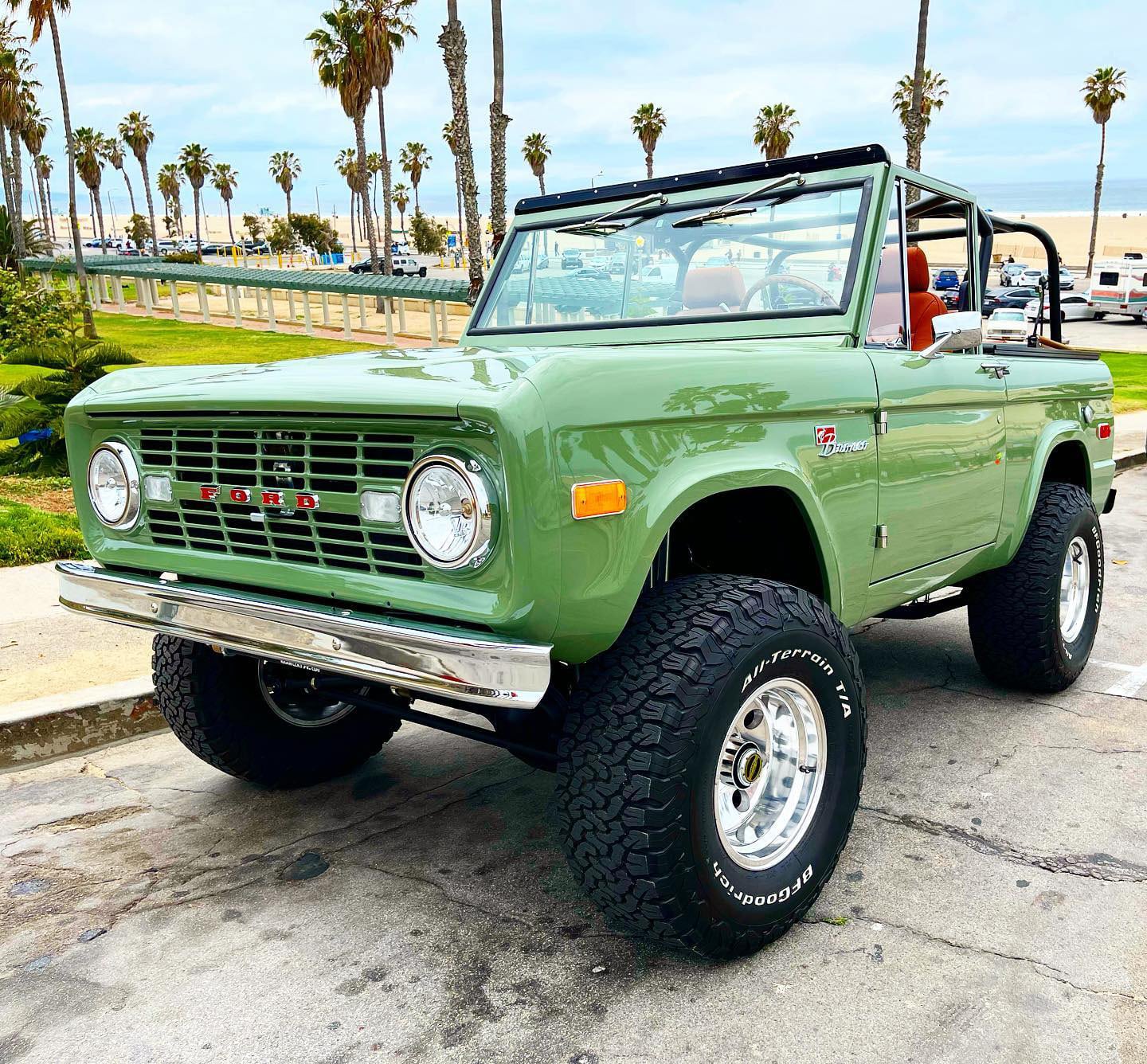
Photo Credit : Vintage Broncos
Innovative Features and Design
The coil spring front suspension was a major innovation for the first-gen Bronco. This design provided a comfortable ride, a feature that was not typical for an off-road vehicle at the time. Additionally, the radius arm design added durability and strength to the Bronco, ensuring it could handle the toughest of terrains while maintaining its agility.
With a short wheelbase of 92 inches, the first-generation Bronco boasted a tight turning radius of 33.6 feet, making it a nimble off-road performer.
The Three Distinct Body Styles of the First-Gen Bronco
Ford introduced three distinct body styles for the first-gen Bronco to appeal to a diverse customer base: the open-air Roadster, the versatile Sports Utility, and the spacious Wagon. These configurations allowed buyers to choose the Bronco that best suited their needs, whether it was for recreational off-roading, workhorse utility, or family adventures.
The Open-Air Roadster
Designed for those who craved the ultimate open-air experience, the Roadster was an all-purpose vehicle with no roof or doors. Its foldable windshield and bench seat for three people made it a popular choice for outdoor enthusiasts.
Optional enhancements for the Roadster included steel doors with or without glass and frame, along with a vinyl top and matching vinyl doors.
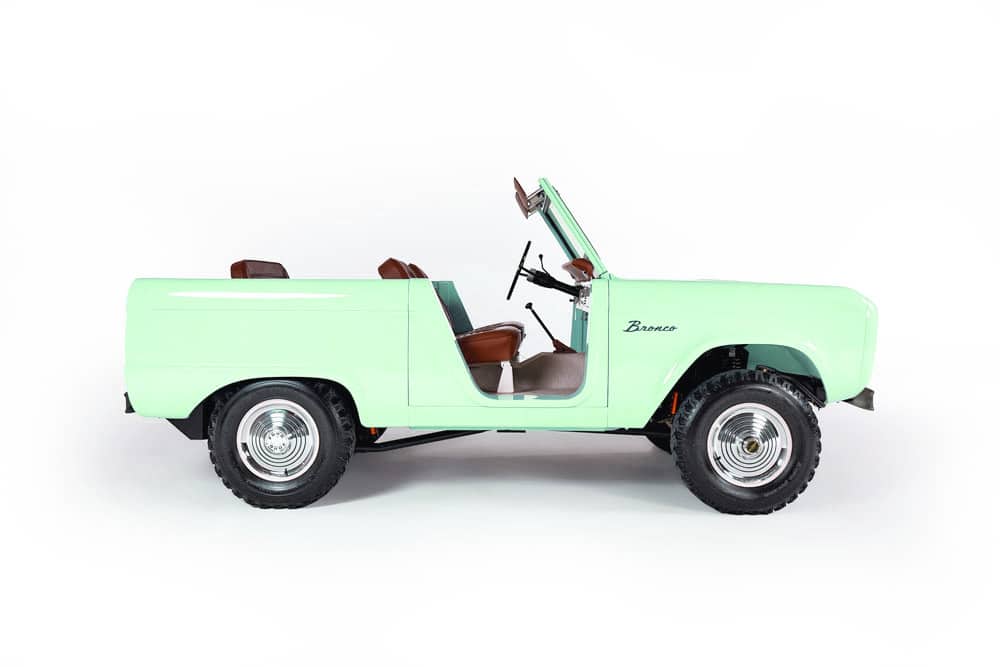
The Versatile Sports Utility
Catering to those in need of a blend of utility and style, the Sports Utility model was introduced. It featured a pickup bed, metal side doors, and roll-up windows, providing increased weather protection and convenience. The Sports Utility model’s interior offered various seating configurations and even the option of a steel roof that weighed only 70 pounds.
The Sports Utility model, effortlessly blending practicality with aesthetics, became a popular choice among Bronco buyers seeking the perfect Bronco wagon.
The Spacious Wagon
Ideal for families and outdoor enthusiasts, the Wagon model came equipped with a full-length roof, upper body sides, and a rear liftgate. With ample room for three passengers, the Wagon model’s various seating options, including front bucket seats and an optional bench-type rear seat, ensured that every journey would be a comfortable one.
The Wagon model, with its considerable accommodations, was a popular choice among those seeking a versatile and practical off-road vehicle.
Evolution of the Early Bronco
Over the years, the early Bronco saw numerous updates to its design, features, and trim levels. Some of these updates include:
- In 1970, the fuel capacity for both tanks was reduced
- The front and rear side marker lamps were repositioned on their respective fenders
- The Sport package became a distinct trim level
- The introduction of the luxurious Ranger package
These changes helped the Bronco maintain its status as a premier off-road vehicle while adapting to the needs and preferences of its growing fan base.
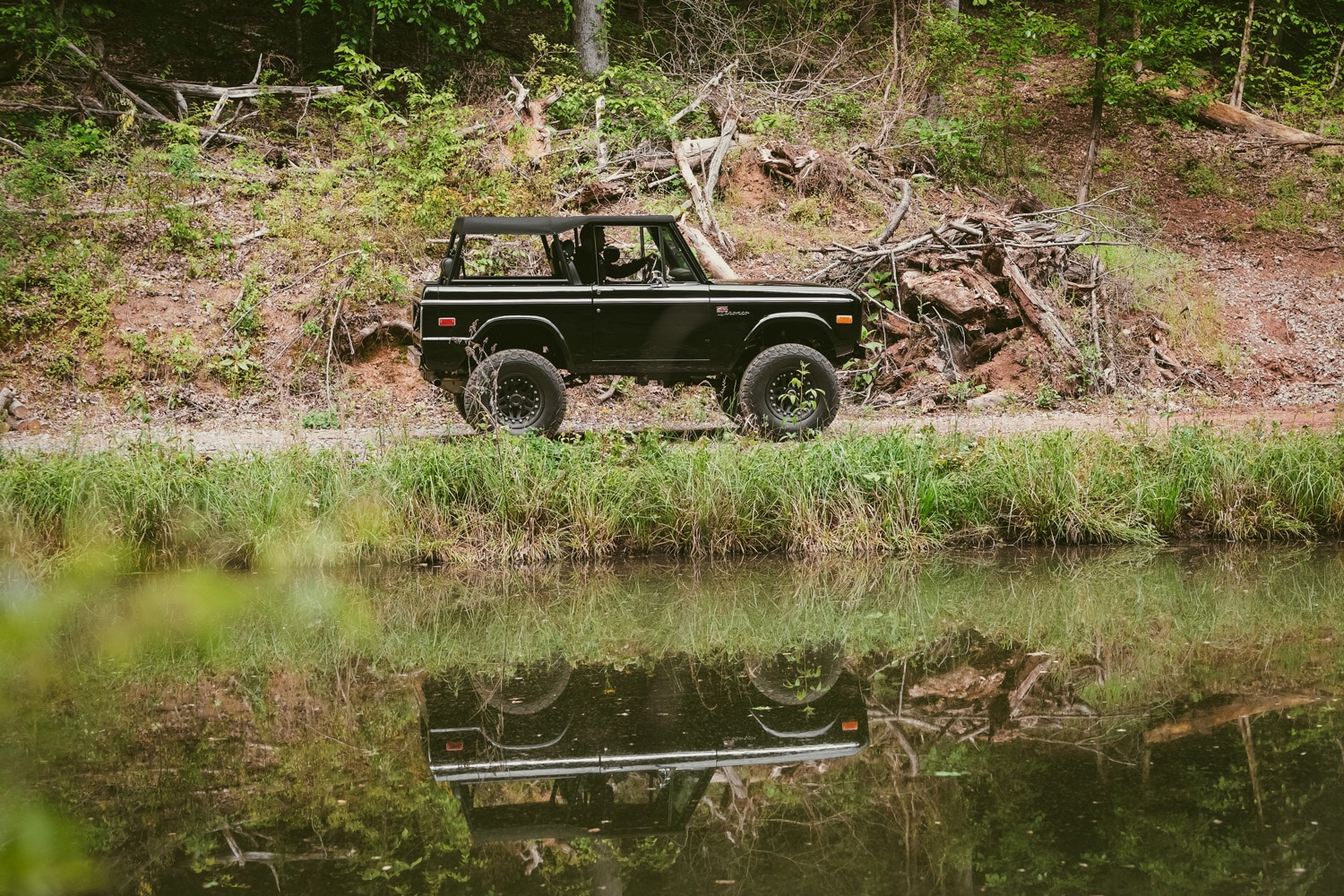
The Legacy of the First Generation Bronco
The first-gen Bronco left a lasting legacy as an iconic off-road vehicle, demonstrating advanced capability, stability, and maneuverability. Over the years, it has gained a strong following and high demand for restored models, with approximately 250,000 first-generation Broncos produced during its twelve-year run. The sixth-generation Bronco, highly anticipated by enthusiasts, is currently making waves in the automotive world.
Even today, the first-gen Bronco remains a symbol of American automotive history and a treasured classic among off-roaders.
Restoring a Classic: Tips for Finding and Reviving a First-Gen Bronco
If you’re looking to restore a classic first-gen Bronco, conducting a thorough inspection is a must. Here are some key areas to check:
- Rust: Inspect the body, frame, and undercarriage for any signs of rust or corrosion.
- Frame condition: Make sure the frame is straight and not significantly damaged or corroded.
- Engine performance: Check the engine for any issues or signs of poor performance.
- Vehicle history: Research the vehicle’s history and look for any documentation or information about its original features.
- Transmission: Verify the condition of the manual or three-speed automatic transmission.
- Maintenance: Look for signs of regular maintenance and care.
By thoroughly inspecting these areas, you can select the right Bronco for restoration and ensure a successful project.
Undertaking the restoration of a Bronco independently may be a more cost-effective approach, tackling a Bronco restoration on your own might save you some cash, but be warned, it’s going to eat up a good chunk of your time and you’re going to need to know your way around an engine and possibly even some body work.
Additionally, the cost of components and any potential specialist services must be taken into consideration. A successful restoration requires a clear understanding of the Bronco’s original features and options, and knowledge of available aftermarket accessories for additional customization.
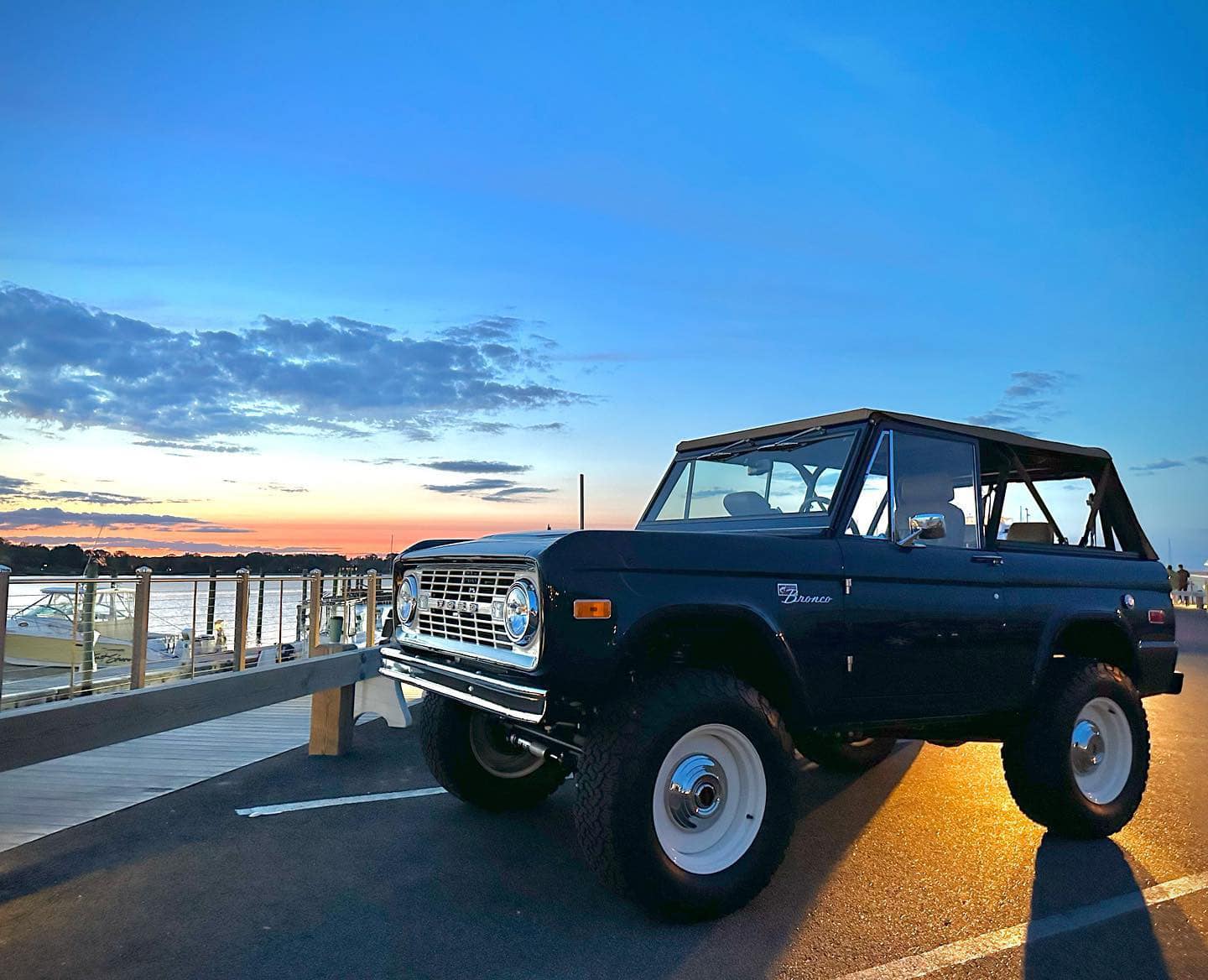
Performance and Powertrain Options
Catering to diverse driving needs, the first-gen Bronco offered a variety of engine and transmission options. It was equipped with three engine options: a 105-horsepower 170-cubic-inch six-cylinder, a 120-horsepower 200 Inline 6, a finally a 200-horsepower 289-cubic-inch V-8 that was quickly succeeded by the larger 205-horsepower 302 V8 engine which averaged 8-10 miles per gallon. The standard transmission for the early Bronco was a three-speed manual from 1966 to 1972, with an optional three-speed automatic introduced in 1973.
The array of performance and powertrain options provided flexibility for first-gen Bronco owners to tailor their vehicles to their specific driving requirements.
Off-Road Racing Success
The Bronco achieved notable success in off-road racing events, thanks in part to the skill and determination of drivers like Bill Stroppe and Parnelli Jones. These accomplished racers pushed the limits of the Bronco’s performance, showcasing its off-road prowess and durability in grueling conditions. Their victories helped solidify the Bronco’s reputation as a formidable off-road competitor and contributed to its enduring appeal among enthusiasts.
One of the most famous racing Broncos was the Stroppe Baja Bronco, designed for off-road racing legend Bill Stroppe. This special edition Bronco featured numerous performance upgrades, including:
- GM Saginaw steering box
- Custom bracket
- Unique steering wheel
- Roll bar
- Trailer hitch
- Dual shocks at all four corners
- Unique spare tire cover
The Stroppe Baja Bronco’s success on the racing circuit further cemented the first-gen Bronco’s status as an off-road icon.
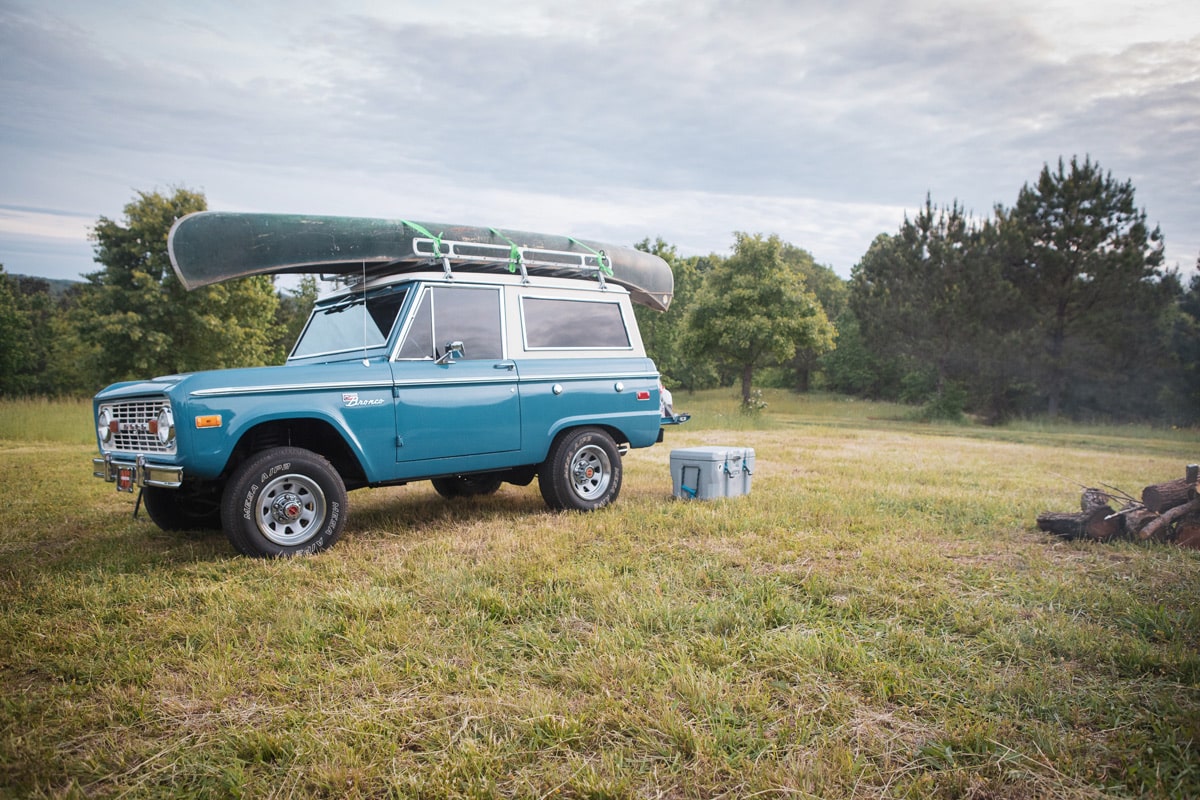
Customization and Accessories
Owners of the first-gen Bronco commonly personalized their vehicles and enhanced their off-road capabilities through customization and accessories. Ford provided a variety of available options and accessories, including:
- Front bucket seats
- Rear bench seat
- Tachometer
- CB radio
- Tow bar
- Auxiliary gas tank
- Power take-off
- Snowplow
- Winch
- Posthole digger
These practical items allowed owners to customize their Bronco to suit their specific needs.
Beyond the options provided by Ford, aftermarket accessories offered further customization possibilities for first-gen Bronco owners. These included:
- Horsepower, torque, and brake upgrades
- Custom colors
- Wheel selections
- Leather selections
This wealth of customization options enabled owners to create vehicles that were truly unique and tailored to their individual needs and preferences.
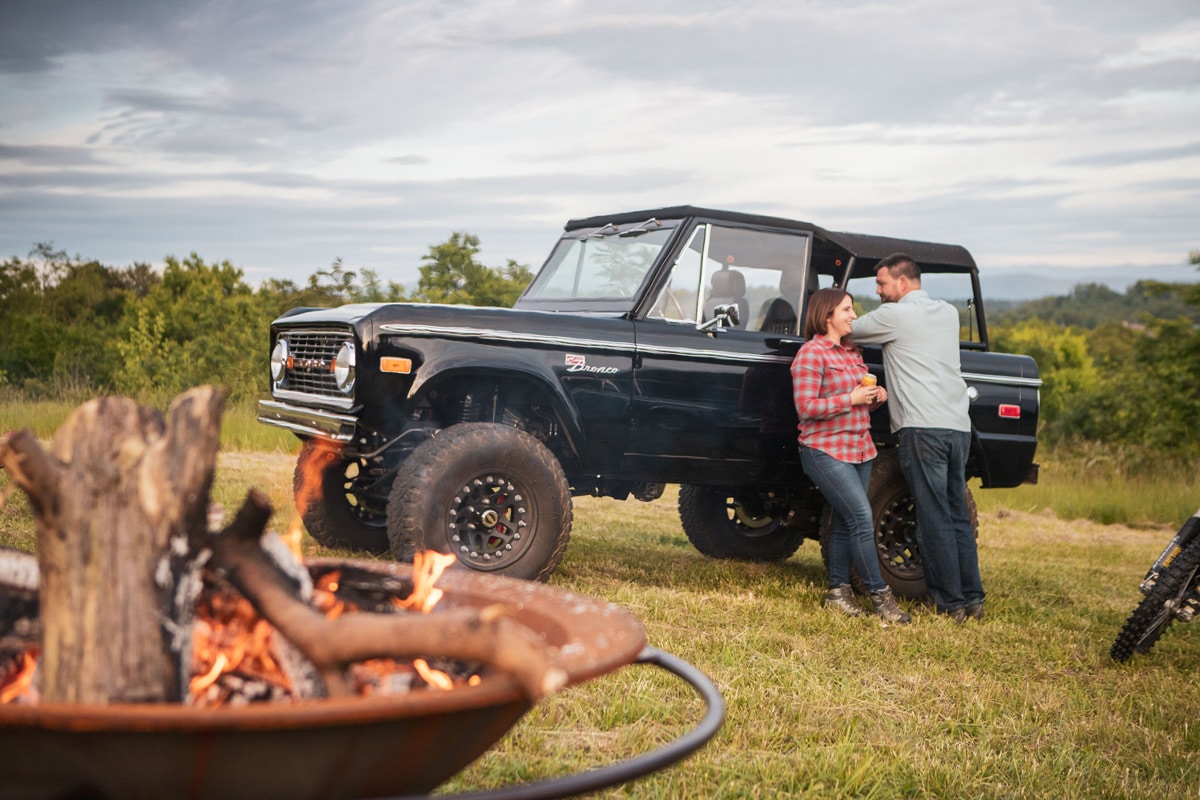
The End of an Era: Transition to the Second Generation Bronco
Production of the first-gen Bronco concluded in 1977, paving the way for the debut of the larger, redesigned second-generation Bronco in 1978. The second-gen Bronco saw a notable increase in size, with an additional 12 inches of wheelbase, roughly 28 inches of length, 11 inches of width, and 4 inches of height. This new design allowed Ford to compete with other full-size SUVs in the market, such as the Chevrolet Blazer and Jeep Wrangler.
Although the first-gen Bronco was replaced by its larger successor, its legacy as an iconic off-road vehicle remains strong. Collectors and enthusiasts continue to seek out and restore these classic 4x4s, ensuring that the first-gen Bronco’s spirit lives on for generations to come.
Summary
In conclusion, the first-generation Ford Bronco remains an essential piece of American automotive history. From its inception as a versatile off-road vehicle designed to compete with the Jeep CJ-5 and International Harvester Scout, to its success in off-road racing and enduring appeal among collectors, the Bronco stands as a testament to the innovation and spirit of adventure that defined an era. As we look back on the unstoppable history of the first-gen Bronco, we are reminded of the timeless allure of this classic 4×4 and the lasting impact it has made on the world of off-road vehicles.
Frequently Asked Questions
What year is the first gen Bronco?
The first generation of the Bronco was introduced in 1966 and remained in production for 12 years, with 1977 being its best year due to features such as a V8 engine, power steering box, improved suspension, and updated interior.
How much is a 1st gen Bronco worth?
A first-generation Ford Bronco from the 1966 to 1977 model years is currently averaging approximately $52,371 based on a recent sample of sales online.
Why are first-generation Broncos so expensive?
Due to their low production numbers, the first-generation Ford Bronco has become a rare commodity, driving up the cost for collectors and enthusiasts alike.
How much is a 1977 Ford Bronco worth?
A 1977 Ford Bronco is worth between $15,000 to $300,000, depending on its condition.
When was the first-generation Ford Bronco introduced?
The first-generation Ford Bronco was introduced in 1966, marking the beginning of a successful model run that lasted until 1977.

